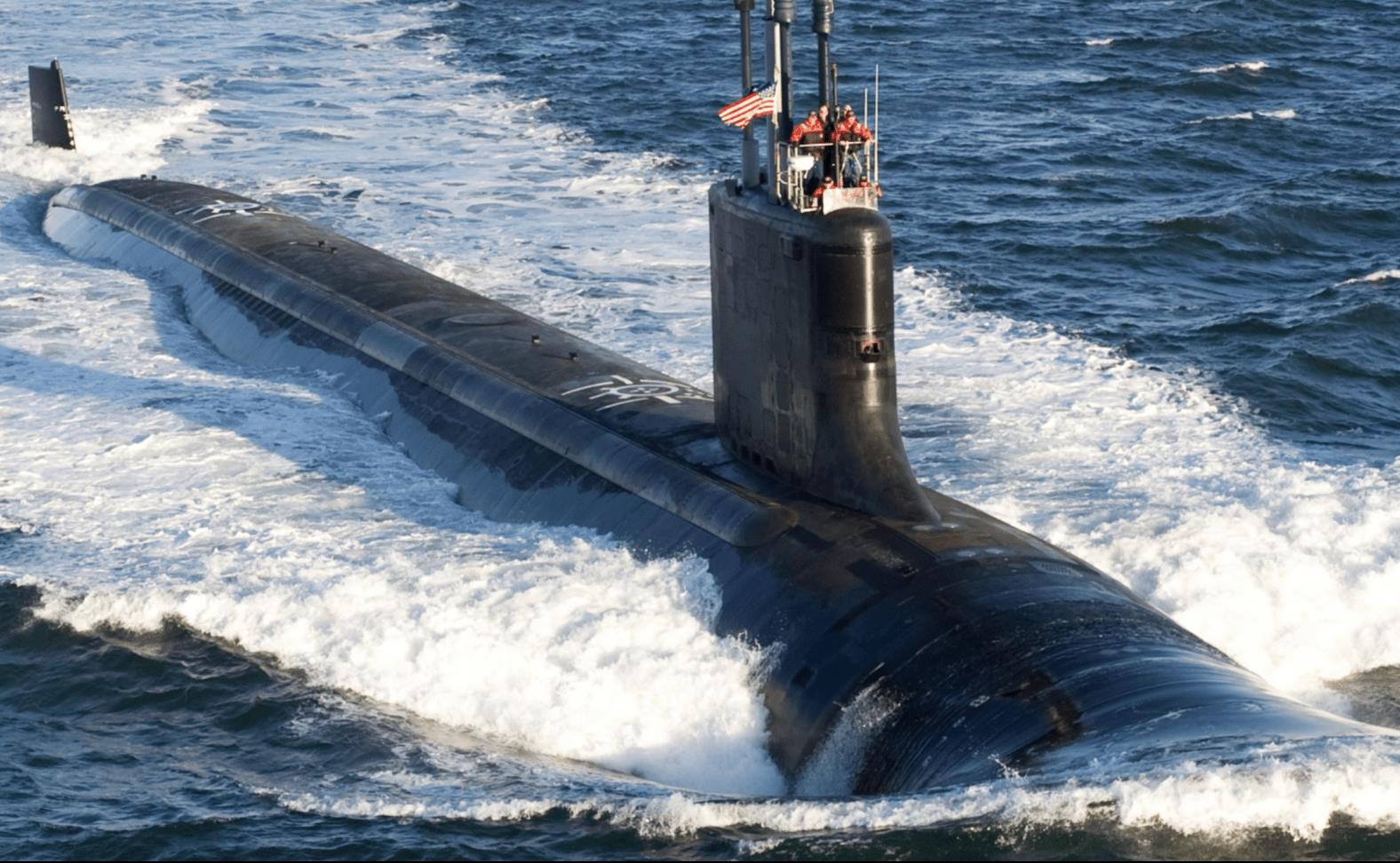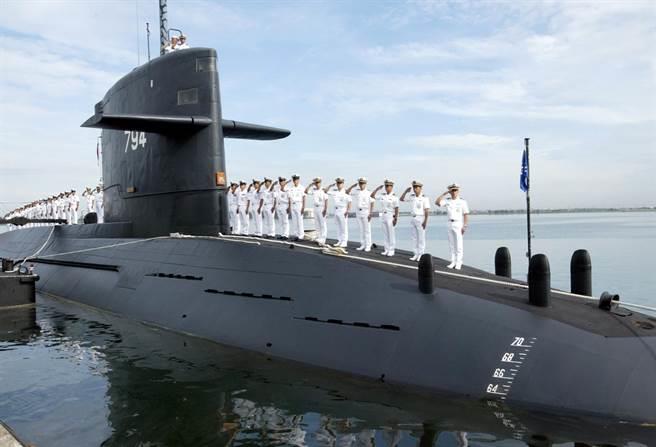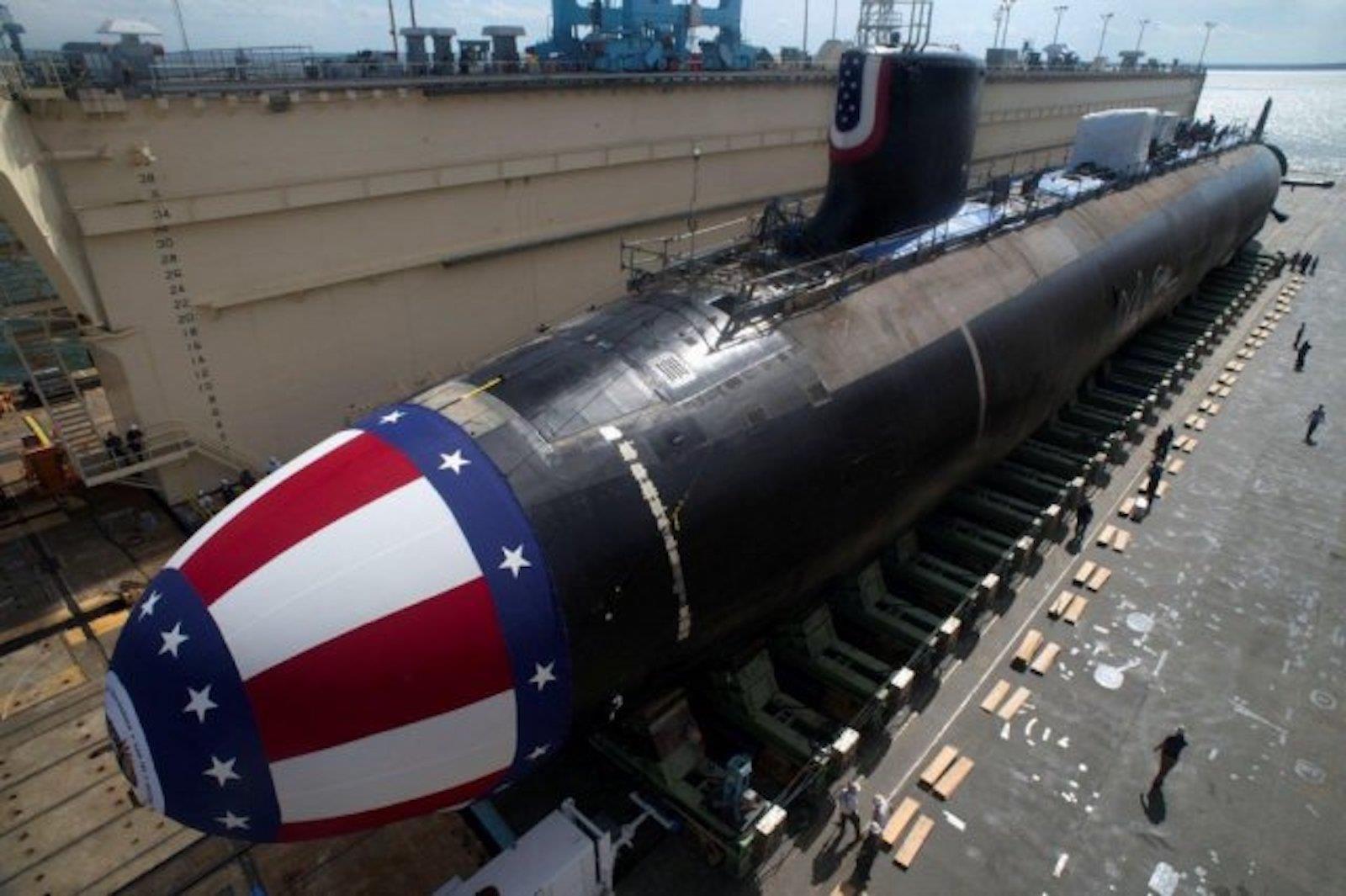(MENAFN- Asia Times)
Australia and Taiwan plan to acquire more modern submarines, marking significant turns in the ongoing submarine arms race in the Pacific region.
Taiwan plans to build eight conventional submarines under its Indigenous Submarine Program, which began in 2017. Taiwanese shipbuilder CSBC is the main contractor for the program, which aims to deliver the first boat in 2024.
Third parties are reportedly helping Taiwan with its submarine program, including engineers, technicians and former naval officers from Australia, Canada, India, Spain and the UK. In addition, the US has provided some core technological components.
Taiwan's indigenous submarines may be armed with the MK-48 Mod 6 Advanced Technology (AT) Heavy Weight Torpedo (HWT), which is designed to be effective against all targets in littoral or deep-water environments.
The US first sold the MK-48 to Taiwan in 2017. Initially, Taiwan opted for only 28 units due to budget limitations, though the US announced a sale of 18 more torpedoes to Taiwan in 2020, with a total of 46 MK-48 units expected to be delivered by 2028.
Taiwan's current submarine fleet consists of two Dutch Zwaardvis class boats acquired in 1987 and 1988, and two World War II-era, US-made Tench and Balao boats bought in 1973. While the Zwaardvis boats still see frontline deployment, the vintage US-made boats have been relegated to training purposes.
Taiwan has sought the assistance of the Netherlands to upgrade its Zwaardvis boats, but diplomatic pressure from China forced the Dutch to withhold upgrades and suspend further sales of military equipment to Taiwan.
Apart from frontline use in the Taiwan Strait, Taipei's indigenous submarines would also be deployed in the deep waters east of the country, to prevent a Chinese naval blockade and keep Taiwan's eastern ports open for resupply in a conflict scenario.
In light of China's overall military predominance, conventional submarines even in small numbers are one of the best means for Taiwan to defend against a Chinese seaborne invasion. Taiwanese President Tsai Ing-wen underscored the need for submarines by stating that they are“important equipment for the development of the Taiwanese Navy's asymmetric warfare capabilities.”
In 2016, Australia chose to acquire a dozen units of French-made Shortfin Barracuda conventional submarines from DCNS, a slightly smaller derivative of the French Navy's nuclear-powered Barracuda attack submarine, to replace its troubled Collins-class conventional submarines. Australia operates 6 Collins units, which are Australian-built enlarged versions of the Swedish Västergötland class.

Australia will soon have US-made attack nuclear-powered submarines for deployment to the South China Sea. Photo: US Navy
The Collins class has been beset with problems since the first one entered service in 1996, including budget overruns, maintenance issues, poor hull welding, excessive noise, unreliable engines, non-streamlined periscopes and outdated combat systems. These issues prompted Australia to seek the replacement of its Collins class boats, initially selecting the French Shortfin Barracuda in 2016.
As the Shortfin Barracuda is a derivative of the nuclear-powered Barracuda attack submarines, they share many design concepts and technologies except for nuclear propulsion. The Shortfin Barracuda's conventional propulsion technology is derived from the DCNS Scorpene class, a highly regarded conventional submarine design.
Taking all core technologies from one designer also closes the design loop, minimizing the possibility of having incompatible systems. In addition, Australia may have initially chosen the Shortfin Barracuda as the class could potentially be converted into nuclear-powered submarines in the future.
However, in September 2021, Australia canceled its deal with DCNS and instead opted to acquire at least eight nuclear-powered submarines with technical assistance from the US and UK, under their new AUKUS alliance.
Among Australia's reasons for dropping the deal with DCNS were finding a sensible rationale to justify retrofitting a conventional propulsion system to a hull designed for nuclear propulsion, incompatibility of US combat systems in a French-designed hull, long development time leading to obsolescence on delivery, failure of DCNS to invest enough in Australian suppliers and labor, and cost overruns to the point that the conventional 12 Shortfin Barracudas cost more than eight US nuclear-powered Virginia class submarines without their support infrastructure.
The decision to acquire its own nuclear-powered submarines was likely influenced by the fact that Australia's projected areas of submarine operations, such as the Malacca Strait and South China Sea, are far from home shores and the vessels will be expected to stay in those distant areas for extended periods.
Despite that, the uncertain delivery date of Australia's proposed nuclear submarines means that the troubled Collins class will still be in Australian service for the foreseeable future. That said, Australia has initiated a life-extension program for the class to keep them in service until the first nuclear powered-boats arrive in the 2030s.
Taiwan and Australia's underwater warfare capabilities are currently built around their fleets of conventional submarines. The lethality of conventional submarines against a superior surface fleet and large surface combatants such as aircraft carriers were vividly demonstrated in 2005 , when the Swedish HSMS Gotland submarine“sank” the USS Ronald Reagan in a naval exercise, evading the aircraft carrier's formidable anti-submarine escorts multiple times.
Astounded by the Gotland's capabilities, the US leased the submarine and its Swedish crew for two years to refine its anti-submarine warfare capabilities against stealthy conventional submarines.
Moreover, the advent of air-independent propulsion (AIP) technologies has raised the endurance of conventional submarines to a level approaching that of nuclear submarines. Such technologies include hydrogen fuel cells, Stirling engines with onboard liquid oxygen supply and ethanol-liquid oxygen steam generators.
Conventional submarines are also potentially stealthier than their nuclear counterparts. A nuclear submarine needs to keep its cooling pumps which draw in surrounding seawater up and always running, which in turn generates detectable noise and vibration.
They also eject the same cooling seawater into their surroundings, increasing their thermal signature. In addition, nuclear submarines leave faint traces of radiation in their surrounding waters, which can also be detected. In contrast, conventional submarines can be completely shut down for totally silent operations and have minimal detectable emissions.
Taiwan and initially Australia may have chosen to capitalize on the advantages of conventional submarines to bolster their own defensive postures. However, both countries face challenges in establishing their respective submarine programs.

A file photo of one of the two Hai Lung class submarines in service with the Taiwanese Navy. Photo: National Defense Ministry of Taiwan
While Taiwan places hope on its Indigenous Submarine Program to deter China, it must overcome significant tactical, industrial and strategic caveats .
The Taiwan Strait is rather shallow with an average depth of 50 meters. That said, China's modern anti-submarine systems might easily detect and destroy Taiwan's submarines even before they could get into action.
Even if these submarines are deployed in Taiwan's eastern flank, China's overwhelming military advantage over Taiwan means that the vessels can prolong Taiwan's resistance against an invasion but will ultimately be destroyed without US intervention.
Despite Taiwan's reputation for high-tech industries, it may also face challenges in integrating various subsystems from different providers. While it is not impossible for Taiwan to integrate multiple subsystems into one coherent submarine design, such an effort will be time-consuming and potentially far too costly.
More significantly, Taiwan's faith in its submarines as a deterrent against China, alongside other weapons systems, may increase the risk of misperception and even heighten cross-strait tensions.
It thus may be in the interest of all parties involved to maintain the status quo, including most crucially the US' policy of“strategic ambiguity” towards Taiwan. This stance forces Taiwan to toughen up its defenses yet restrains it from political and military adventurism on independence, and at the same time mollifies China by keeping the US non-committal to the self-governing island's defense.
In the case of Australia, the idea to build nuclear submarines with US and UK assistance also raises significant political, maintenance and operational questions.
A feasible option to kick-start Australia's nuclear submarine program would be to lease a US Virginia class submarine. However, this option may entail maintaining a US crew aboard, which ultimately keeps the submarine under US control. Such an arrangement may not be acceptable to Australian strategic planners and politicians.
Australia's initial announcement about its nuclear submarine program did not specify any cost-sharing, technology-sharing or how much Australian labor and resources would be used in building them. Moreover, Australia has no nuclear infrastructure to support a fleet of nuclear submarines.
Australia has never had a nuclear power plant and there are strong arguments against establishing an Australian nuclear power program needed to provide the critical technologies for maintaining a fleet of nuclear-powered submarines.

The USS John Warner, a nuclear-powered submarine of the type Australia will soon be developing. Source: US Navy
Australia's abundance of cheap coal for electricity generation, abundant renewable energy sources, a collective ban by all Australian states and territories on building nuclear power plants, fears of nuclear catastrophe and finite uranium reserves all weigh against establishing an Australian nuclear power program for defense applications.
Australia's best choice for its capability requirements would be to revisit using conventional submarines while avoiding the mistakes with its previous deal with DCNS.
Large, AIP conventional submarines such as derivatives of the Israeli Dakar class or South Korea's KSS-III class may satisfy Australia's cruising range requirements for its submarines, and even approach, or in some areas exceed, the capabilities of US and UK nuclear-powered submarines.
MENAFN22012022000159011032ID1103576819